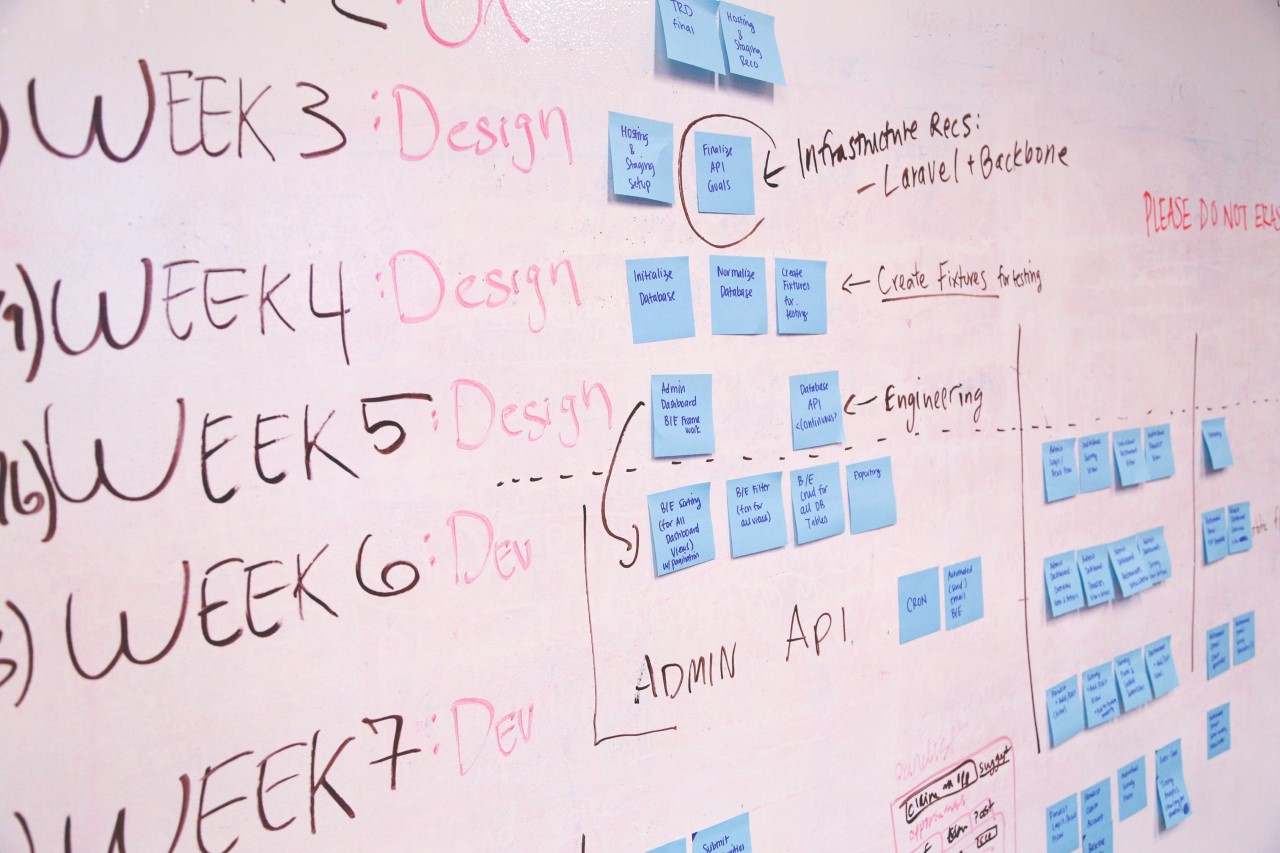Is Project Management System Only for Projects?
Believe it or not, we are surrounded by projects everywhere. And not only in business, life itself can be called a project, split into stages, tasks, etc. Project management systems are just like projects, so they are more versatile than you have ever thought. And you don't have to be an expert in project management to use these systems for your business needs.

Why Project Management System?
Project management is the functionality of the whole system or part of a CRM system functionality that is often used to work on various projects. However, the system is suitable for projects in the broader sense. Every contract, transaction, sale and service are all processes that can be easily divided into stages, you can set goals and tasks and assign the necessary costs.
The Gantt chart is also universally applicable, and this method is used by many professionals. Project management system works as a valuable skill to help managers cope with various tasks and manage situations.
Versatile Project Management Functions
First of all, Project Management module is useful for simplifying the process. The easiest way to do this is to divide it into separate parts, each with a specific task and a criterion for measuring progress toward the attainment of each goal. Planning, implementation and control is the main division that can have more parts depending on the specifics of the process itself. Process division will allow you to execute required actions more precisely, always know what’s going on and control the processes.
Project management system is a good way to test ideas and choose the best ones. In fact, it is often mistakenly thought that the first phase of a project is planning, although in reality it only follows after initiation. In short, you can upload all the information to the project management system and simulate the progress of a project by testing a number of different scenarios. This will help you see the biggest threats as it may turn out to be impossible to implement a particular project even in the best case scenario, for example, due to time constraints.
Similarly, risk analysis can be done, especially if the project is large; the more complex the process, the more likely it is to go wrong. Once the project information has been entered into the system, the project can be seen as a whole. Then it is easy to identify interfaces and identify potential threats, such as a few days delayed delivery of goods or delayed sales.
Repeating the process becomes an easy and rational step. It’s hard to believe, but many organizations keep repeating the same projects rather than creating new ones. Why? Because refining the entire process minimizes the risks and helps achieve the best results.